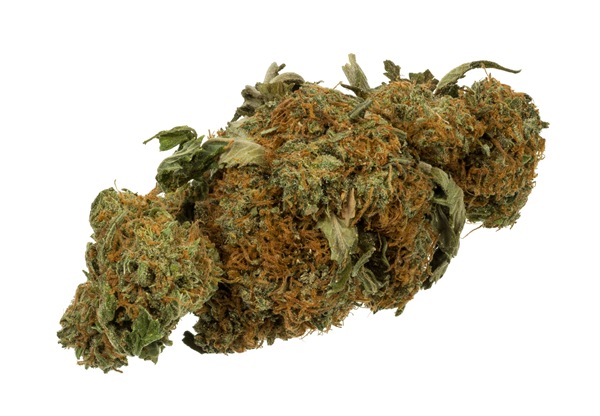Normal human body temperature is 98.6 degrees Fahrenheit. There is about one degree between the body temperature being “a little high” and where it is considered pyrexia, which is the medical term for raised body temperature. It is taken from the Latin pyr which means “fire”, which evolved into figurative “heat” that the body feels when one is afflicted. There are dozens of causes of fever, such as bacteria, viral infections, the common cold, and more serious causes like malaria and meningitis, and it can be said that it’s the most common warning sign for internal bodily problems. A fever is essentially the body overcompensating for factors that lower body temperatures (causing “the chills”) by increasing internal heat production, which causes the muscle contractions that lead to the achy feeling throughout the body. The fever isn’t directly treated, but we generally treat the symptoms until the cause has passed through the body. Patients will take anti-inflammatory medication, over-the-counter pain medication like Ibuprofen and Tylenol, and sometimes prescription pain medication if the pain is severe.
Related articles about How to break a fever
These all serve to lessen the discomfort caused by the symptoms so the body can rest, which is really the best way to break a fever. Sleeping shuts down the non-intensive bodily functions so the white blood cells can go to work uninhibited, and you will almost always feel better if you can manage eight hours without waking up. Note that this is the normal course for a “normal” fever, from 99 to 101 degrees or so, and not for anything higher than 103, at which point you should visit a hospital. Outside of medication and rest, here are some more tips to help break a fever:

· Immersing oneself in a tepid bath or shower can lower the bodily temps a few degrees. The term “tepid” does not mean “cold”, but somewhere closer to lukewarm or room temperature. Many perceive ice baths as an immediate solution to a high fever (109 degrees plus), but this is highly inadvisable as rapid temperature change is not healthy, particularly for children.
· Drinking lots of water is a must for anyone with a fever. Keeping the body hydrated is a natural way to reduce heat It also helps the body flush out whatever is causing the fever.
· Removing layers of clothing and blankets is a means of letting some of the bodily heat escape, particular layers on the head and feet, as these are the body’s principle means of expelling heat. Avoid comforters and wool blankets when sleeping off a fever; instead stick with cotton sheets that don’t keep the heat in.
· Keep cool by lowering the air conditioning to 68 or so degrees and/or sitting near a fan. If the weather outside isn’t too cold or too hot, say 70 degrees and windy, try relaxing near the open window while you rest. The objective here is to keep the body cool, not cold, so avoid temperatures lower than 65 degrees, as this may cause the fever’s triggers to continue overcompensating and raise the temperature even further.


